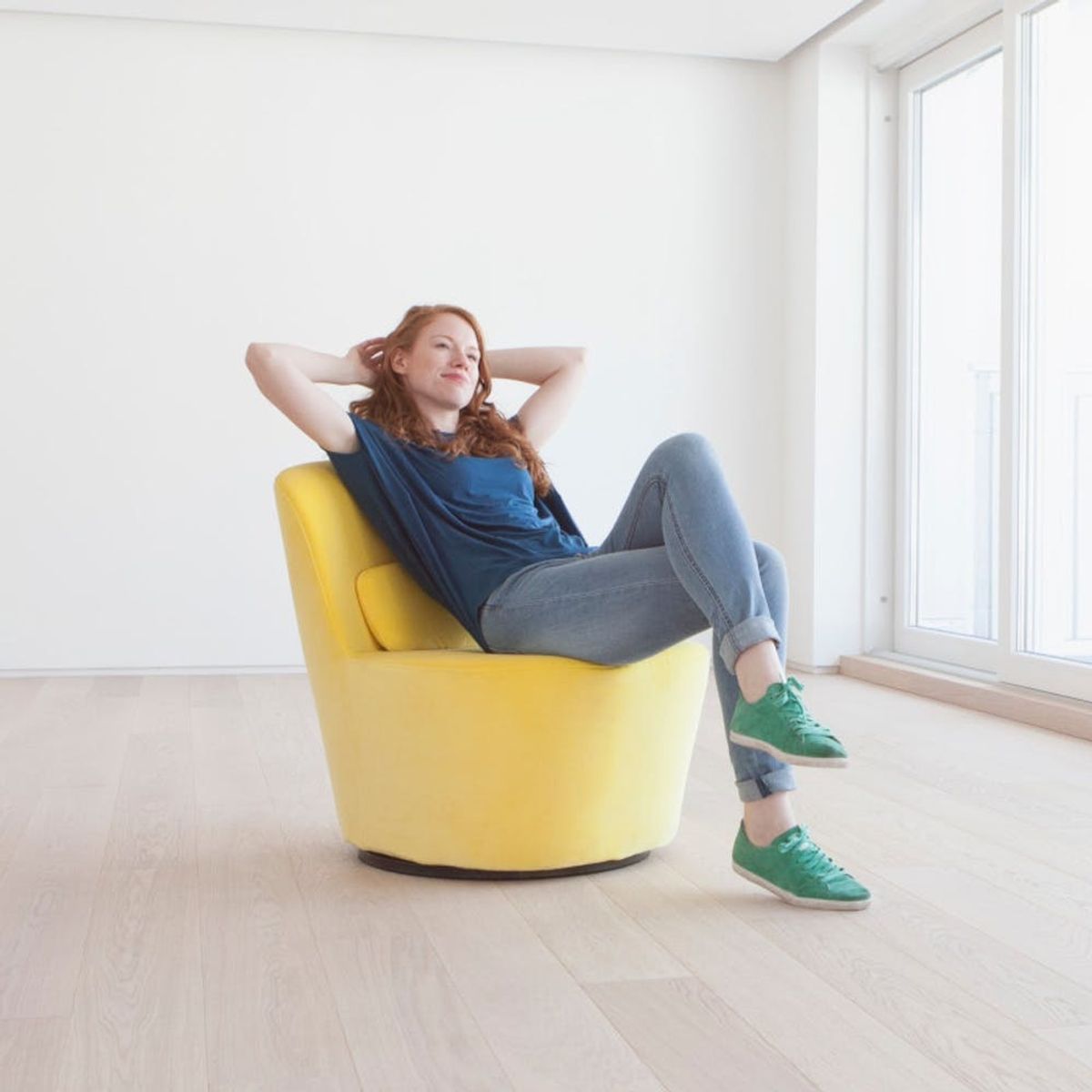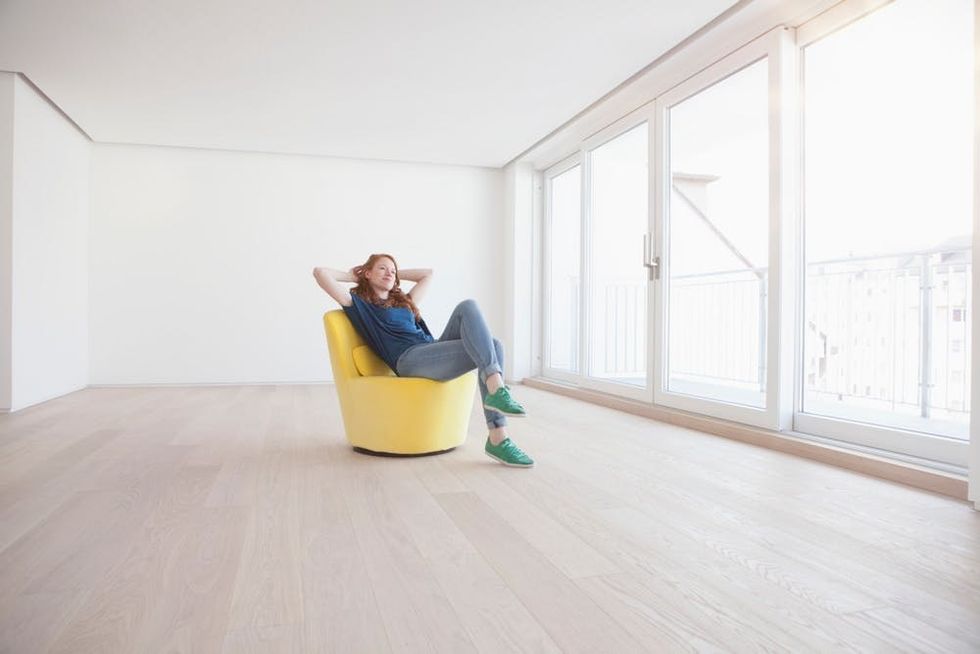We’re sold… on these tips!
5 House-Hunting Tips You Probably Didn’t Consider

Before selecting which comfy (and stylish) sleeper sofa to put in your common room or what DIY decor will dot your space comes the hard part — actually finding the place. With hundreds of house, condo, and apartment listings to sift through, simply scheduling the tours can be exhausting. And once you consider how many factors there are to take into account when making your decision (it’s not just cost and location), the process goes from tiring to straight-up overwhelming. To ensure your tours are as smooth and effective as possible, we’ve spoken with Cliff Stahl — national vice president of Meritage Homes, one of the largest homebuilders in the US — about the most surprisingly important details to pay attention to and tasks to take care of when hunting for a new home.

1. Check the temperature. If your potential house feels hot and cold, as with most things, that’s not a good sign. Temperatures changes throughout a house usually indicate that it’s poorly insulated. “You might be too hot to sleep upstairs during the summer and too cold to watch TV downstairs in the winter,” Stahl explains. “If the temperature is the same in all directions and between floors, it will be more comfortable year-round.” Plus, the better insulated a home is, the less likely it will be to succumb to the effects of humidity.
2. Listen for outside noise. The sun is shining, the bird are singing — you just don’t want to be able to hear them through closed windows. Pay particular attention to outside noises as you walk around your potential new pad. If nothing is going on outdoors, make some noise yourself. “Blast music, leave it outside, then close the door,” Stahl suggests. “Evaluate how much noise you can hear.” How the noise sounds can clue you into some of unexpected features of the house. “If it feels like you’re in a sound studio, the home has quality framing, insulation, and windows — and is a healthier home in general (especially for those with allergies).”

3. Feel the windows. Yes, reach your hand out and touch that window, girl: Its temperature can be a good indicator of its quality. If it feels cool to the touch, this can be understood to mean that the window is less likely to let heat or furniture-fading UV rays in from the outside. According to Stahl, there are two factors to a window: the U-factor, which measures heat transfer, and the reflectance, which determines how many UV rays it lets through. “A cool window is superior in both of these elements,” Stahl asserts. “If the window feels hot, it’s the opposite.”
4. Locate the air conditioning unit. Size, uh, matters — but not in the way you might expect. Stahl says that when it comes to air conditioning, a smaller unit is ideal; a big air conditioner implies worse interior insulation. “A small AC unit says, ‘This is all I need on the hottest day of the year to keep cool,'” Stahl points out. “A large — or multiple — AC units tell you that they house was poorly built, so big AC units were needed to compensate.” When a smaller AC unit can do the same job, it’s a good sign that you won’t be spending an arm and a leg to keep the temperature comfortable year-round.
5. Look for water-saving appliances. You have enough bills as it is, so a way to keep one of them — your water utility — down is by prioritizing water-saving appliances, especially WaterSense ones. WaterSense, a program established by the Environmental Protection Agency, certifies that a product uses 20 percent less water, saves energy, and performs as well as if not better than other comparable models. “WaterSense-certified homes can save a family of four up to $600 a year on their utility bills and save up to 50,000 gallons of water,” says Stahl. We like the sound of that!
How do you hunt for homes? Let us know @BritandCo.
(Photos via Getty)


















